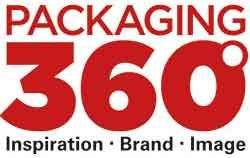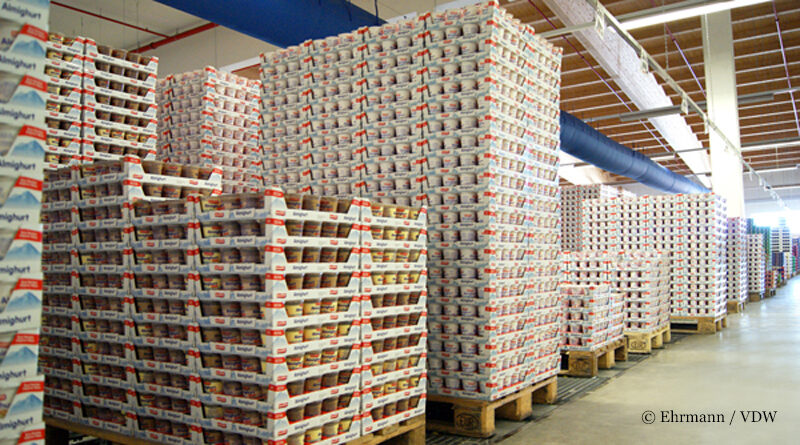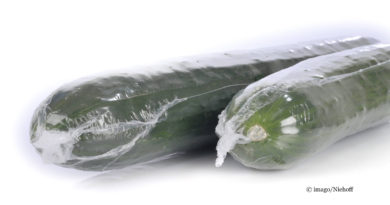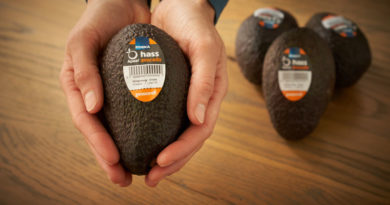New EU Packaging Regulation Becomes a Bone of Contention
The EU Commission plans to replace the directive on packaging and packaging waste with a new packaging regulation soon. The aim are more uniform rules within the EU. Criticism of the regulation, which has not yet been published, is coming from the German Corrugated Board Industry Association (VDW).
At present, a draft of the European Commission for a packaging regulation, which has not yet been officially presented, is circulating. The regulation is intended to set ambitious targets for the use of reusable transport packaging. On the occasion of the draft, the German Corrugated Board Industry Association (VDW)states that a blanket environmental preference for reusable solutions over recyclable corrugated packaging would be unjustified in any case. “Current study results impressively show that such a blanket preference for reusable transport packaging has no basis whatsoever,” emphasizes VDW managing director Dr. Oliver Wolfrum.
In this context, the association refers to a current life cycle study published by FEFCO (European Federation of Corrugated Board Manufacturers). According to this study, corrugated board packaging can hold its own against reusable packaging in the life cycle assessment of a specific case study. In addition, the association refers to a meta-study also published by FEFCO, which analyzes so-called hotspots of e-commerce logistics. These are stations in the life cycle of shipping packaging with significant environmental effects. The study identified the real number of usage cycles of reusable packaging as the most significant adjusting screw but assesses the data situation on the number of real usage cycles of reusable solutions to be uncertain.
Criticism of quota requirements
“As early as 2021, the VDW has already demonstrated using an analysis of the greenhouse gas balance of various mail-order packaging: depending on the case study, recyclable corrugated board can also come out on top, so reusable is by no means always the more sustainable solution,” warns Wolfrum. “The new FEFCO studies corroborate the factual situation and are thus a trend-setting signal for policymakers. If reusable solutions can perform worse than corrugated board in the life cycle assessment of specific packaging cases, it is important to choose the optimum packaging depending on the product and transport requirements – and to do so optimally regarding product protection and sustainability. Quota specifications would be out of place here.”
The new life cycle analysis on transport packaging was implemented on behalf of FEFCO by the consulting firm Ramboll in accordance with the ISO 14040 and ISO 14044 standards and tested in a peer review process. The study compares the environmental footprint of crates made of recyclable corrugated board with that of multiway crates made of plastic based on 15 environmental categories. It assumes the transport of one ton of vegetables from the producing company to the retailer. The result: fiber-based crates performed better than reusable packaging in ten of the 15 categories, for example concerning climate change, the use of fossil resources, water consumption and ozone layer depletion.




